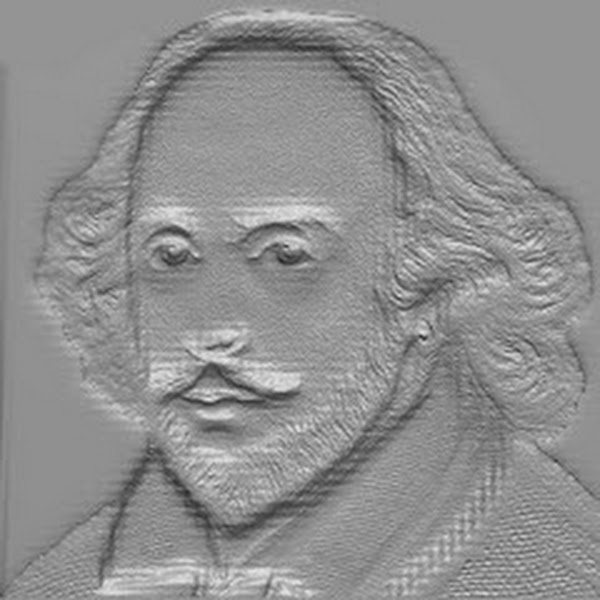Ans:
Anglo Saxon is one of the most important periods in the History of English Literature. Its time frame is 450-1066. The period brought some prolific writings that describe the history, life, and social phenomena of that time. Beowulf is one of the most remarkable pieces of writing of that age which contains detailed pictures of the then society.
Beowulf is the first epic poem in English literature. The people of the Anglo-Saxon age carried the stories of Beowulf with them to England in the 6th century. The book contains over three thousand lines and three episodes. The stories are connected together by the protagonist Beowulf himself.” Beowulf” is a faithful historical record of Ancient Teutonic life–their struggles, system of government, social institutions, culture and religions, their belief, and superstitions. Beowulf’s stories are about Scandinavians, Teutonic life, and manners, and additionally, it draws pictures of Anglo-Saxon life vividly.
However, now we will discuss the pictures of the then Anglo-Saxon life and society found in the epic “Beowulf”.
Anglo-Saxon People
The people of the Anglo-Saxon period were pastoral tribes. Their physical strength, capacity, mental vigor, heroic attitudes made them laborious, hunters, warriors, and winners. The women of that time enjoyed socially high positions, rights, and various privileges. The Anglo-Saxons loved swimming, hunting, racing, drinking, dancing, etc. Their weapons were swords, arrows, spears, and fires
Battle and Struggle:
The life of Anglo-Saxon people was full of battles and war. To fulfill the basic needs, acquiring lands, assets, securing fame, love, etc. there were fights among the kings, warriors, invaders, etc. The saga of Beowulf is also the story of endless struggle.
The description of Beowulf’s fight with Grendel has a Homeric vigor. Beowulf, the nephew of Hygelec who was the king of Geats decides to come to rescue the Kingdom of Hrothgar. He was greatly welcomed by the people of Danes. He has come to fight with Grendel, the monster. Thus, Beowulf has become a criticism of Anglo-Saxon life.
Love for Heroism
The Anglo-Saxons loved heroism which got expression in their writings. In Beowulf, we get a profound story of the warrior Beowulf. He fought against the monsters and won. He was considered and celebrated as a hero. We see a celebration of warriors and victory in Beowulf. The people fought against the invaders and became famous. They took revenge on the horrible past defeat.
Adventurous
The people of this age loved adventure, struggle, and war. For achieving name, fame, love, they did adventure and conquered new lands. Beowulf is the story of the ultimate adventure of the hero who fought and won against the evil monsters.
Christian Variety
Among the people of this period, there was a great Christian variety. Due to the Roman and German invaders, this religious variety occurred. There were pagans and other people with so many religious customs, traditions, and prejudices.
People loved Literature
The Anglo-Saxons carried literature with them orally. They moved with them chronicles, epics, annals, fables, riddles, love poems, heroic poems, kennings, alliterations, elegiac and religious stories, the prose by anonymous, Hymns and sermons, etc. Their stories were based on heroism, national events, good vs. evil, religions, and the like. Alongside English, the German language played a vital role in Anglo-Saxon writings.
Beowulf holds a special position in Anglo-Saxon literature. It holds the culture and society of the heroic age of the Germanic people.
To conclude, we can say that the social pictures of Anglo-Saxon life are varied. Beowulf is the representative of the age. It is the mirror of the Anglo-Saxon age. For presenting the images of the social life of a primitive age, it has a great historical significance.
 CSP
CSP